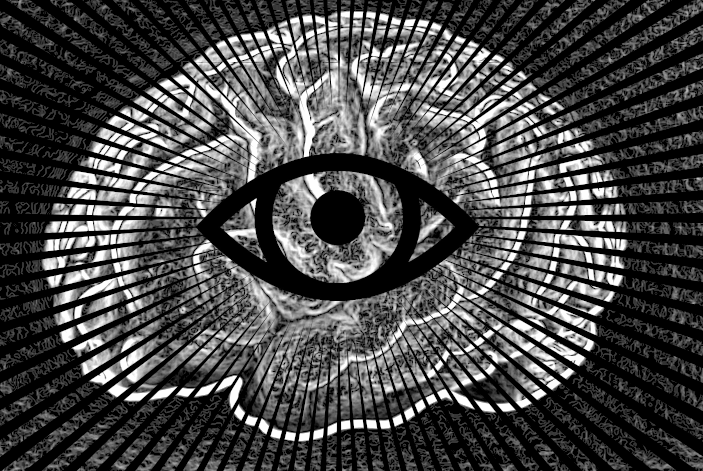New hit in cortical visual prosthesis
A group of researchers from the Netherlands and Spain have demonstrated that cortical neurostimulation from a high-count implanted electrode array can meaningful visual perception. In a study recently published in Science, the team has shown that composite electrical stimulation of the primary visual cortex can produce the perception of shapes, and that a sequence of these types of stimuli can produce the perception of movement. The reason is clear, we see with our brains. In the study, two non-human primates were implanted with 1024 electrodes each by tiling 16 electrode arrays (64 electrodes each) along V1 and V4 visual areas of the brain to stimulate and monitor stimulation thresholds respectively. The monkeys were able to identify shapes and movement thus hitting an important milestone in the field.
